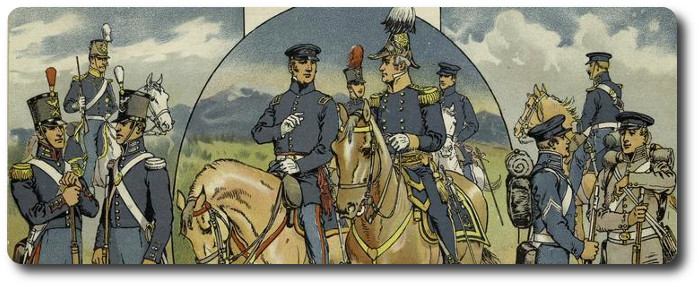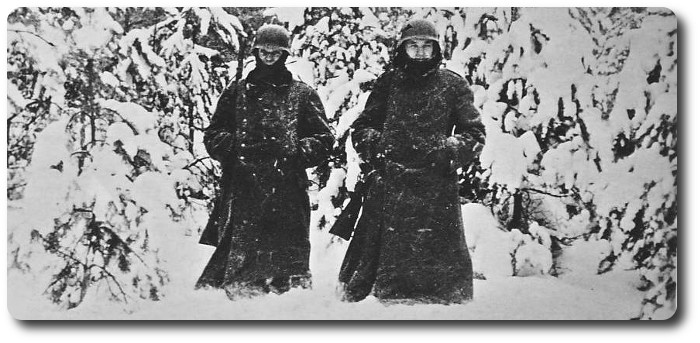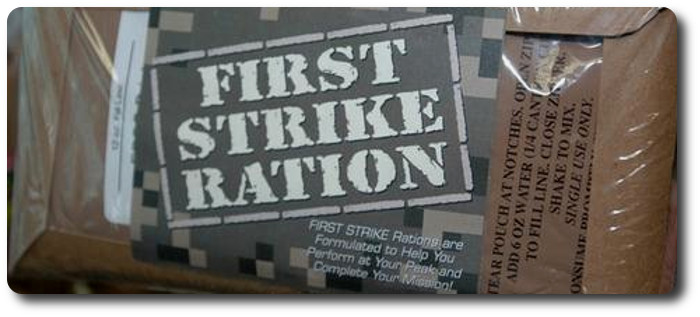US Army Emergency Ration (1906)
Topic: Army Rations
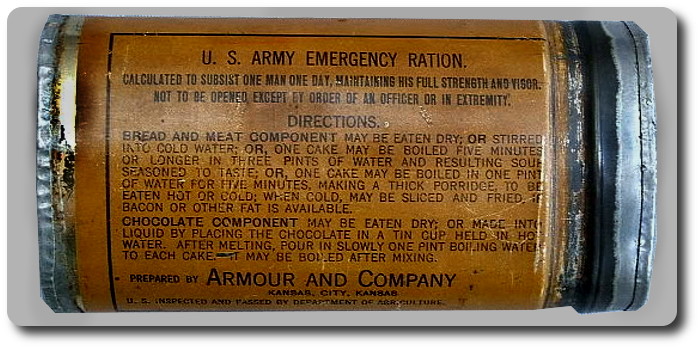
The US Army Emergency Ration (1906)
Test of the Ration of the Army
Emergency Food for This Summer's Marches
One Day's Supply Weighs a Pound and a Quarter
Nashua Telegraph, Nashua, New Hampshire, 28 July 1906
With a view to having the officers and men of the army know exactly what they are eating and why, 86 officers from Fort Leavenworth and from Fort Riley went to Kansas City, where in one of the big packing houses they saw the manufacture of the army emergency rations from beginning to end.
The emergency ration, used only in cases of extremity and dire need, is one of the most important things with which the commissary department of the army has to deal. The present ration is one of the best in the world, and its existing form is the result of many years of investigation, experimentation and observation in war times by American officers with the armies of other countries. The result is satisfactory and the little life saving cans of food, weighing only a pound and a quarter, have enough nourishment in them to keep a man in his normal physical condition for a day.
The idea of the ration is not merely to ward off starvation until relief can be procured, but to provide food to be used only in case of necessity without impairment to vigor and health. Under existing army regulations there is a three days' supply at every post, and three days out of the year, usually when soldiers are on practice marches, they subsist on this emergency ration.
During the practice marches which will take place this summer the emergency ration will have a further test says the New York Sun. Practically all of the soldiers of the country will take part in these marches, traveling to and from the practice camps on foot or horseback, a distance of 400 or 500 miles.
It is the aim of those now in charge of the commissary department of the army to have the emergency rations cared for with as much regard to avoiding waste as is the ammunition given out to the men. The ration is intended to be a life saving device, not in the sense that it will prevent starvation, but with the idea that having it on hand in time of battle will give strength and power to the soldiers, in the event that the food supply has run short, and make movement possible which would be out of the question without more food.
For this reason the soldier to whom the ration is given is cautioned, both through orders and by directions printed on the ration can, to take care of it and not to open the can unless he has orders to do so, or in an extremity. If a soldier loses a rations its money value is taken from his pay. This tends to impress on the enlisted men the necessity of keeping the little tin can until it is absolutely essential that he dispose of its contents.
The emergency ration now used by the army, adopted after many months of research in 1901, and altered only slightly since, is packed in a hermetically sealed lacquered can, 6 ¾ inches long, with an oval base about 1 ¾ x 2 7/8 inches.
In the bottom of this can, which weighs 20 ½ ounces, there is a cake of chocolate. Next comes a cake of bread and meat, then another cake of chocolate, another or bread and meat, one more of chocolate, and bread and meat again, with salt and pepper on top.
Each cake is wrapped in foil or paper. A tape is wrapped around the contents, so that they may be withdrawn easily.
On the outside of the box are the instructions to use only by order of an officer or in extremity and directions for preparing the food. The emergency rations go into the field in boxes of 50.
The bread component of the bread and meat cake is prepared by taking cooked wheat, kiln dried, with outer hull of bran removed, parching it and grinding it into a coarse powder. The wheat is then cooked in steam until it can be crushed in the hand and then goes into the kiln to be dried again.
It is parched once more, this time to a palatable state, without grit. After being parched there is not more than 5 percent moisture.
The meat component is of fresh, lean beef, free from visible fat and sinew, which is ground in a meat grinder. It is then freed of its moisture be evaporation until it is dry, care being taken that the heat never becomes great enough to cook the meat to the slightest degree.
While in this state the meat is practically dry, it has less than 5 percent of its moisture in it. The product thus produced is reduced to a powder and carefully sifted.
To produce the bread and meat cake which forms the most important portion of the ration, 16 parts by weight of the meat flour, 32 parts of the bread component and one part of common salt are thoroughly mixed together in such a manner and in sufficiently small quantities as to insure a perfectly homogeneous product.
This is then compressed into the cakes weighing four ounces each, not more than one and three-fourths inches thick and conforming to the shape of the ration can. Each cake is wrapped in paper.
The cakes of chocolate in the ration, weighing one and one-third ounces and consisting of equal parts pure chocolate and pure sugar, are regarded as highly important. They were introduced by Major-General John F. Weston, former commissary general of the army. General Weston found that the chocolate was a great stimulant and of much value for the purpose of the emergency ration. Accordingly it was incorporated in the contents of the can.
The final portion of the ration is the seasoning, which is in a pasteboard box or small envelope in the top of the can. There is three-fourths of an ounce of salt and a gram of black pepper.
The directions printed on the outside of the can explain many things which can be done with the contents:
Bread and meat component may be eaten dry, or stirred into cold water, or one cake may be boiled five minutes or longer in three pints of water and resulting soup, seasoned to taste, or one cake may be boiled in one pint of water, making thick porridge, to be eaten hot or cold; when cold may be sliced and fried is bacon or other fat is available.
It took years for the army to reach the conclusions which resulted in the adoption of the present form of emergency ration, and it is now believed that every end desired has been reached. The experiments have been very extensive.
In 1901 there was a board appointed to investigate the subject, and the existing emergency ration is the result of the report of that board. The board made practical tests on the enlisted men of the army.
Fifty-six men were selected for the duty, and for five days they lived on nothing but the emergency ration. They were examined physically and weighed before the five days began and at the end of the period of experimentation.
There was only slight change in weights and none of the men suffered. A few gained in weight, and all declared that they had not felt pangs of hunger at any time. Before the next experiment the men were told that if at any time they felt that they were suffering ill effects from the use of the ration they would get the regular fare. None asked for it.
Before adopting the ration the army had reports from every country maintaining a large army. During the recent war in Manchuria the Russian had no such things as an emergency ration. The Japanese emergency ration was composed of either 14 ounces of dried rice, or one pound and 14 ounces of hard bread, five ounces of canned meat and a little salt. Upon this ration the Japanese have no trouble keeping their strength and vigor.
The English emergency ration is composed of four ounces of concentrated beef and five ounces of cocoa paste. The German iron ration, so-called because of the can in which it is packed, consists of nine ounces of biscuit, seven ounces of preserved meat or bacon, seven-eighths of an ounce of coffee and an equal amount of salt. The total weight of the ration is one pound and ten ounces.
The French emergency ration is comparatively vary heavy, weighing nearly three pounds. It has 33 ounces of bread, about nine ounces of preserved meat and five and a half ounces of groceries including rice, legumes, salt, sugar and coffee.
The iron ration of Switzerland, which is carried in active service, consists of 500 grams of biscuit, or 550 grams of flour, or 750 grams of dessicated bread; 250 grams of smoked, canned or dried meat; 15 grams of salt and 20 grams of sugar. Fresh or canned vegetables may be substituted in this ration for the meat component.
In the Austrian army, in all cases of emergency the following portion of the reserve portion of the regular ration is used: 400 grams of bread, 200 grams of Fleischgemuse (meat vegetables), 25 grams of green coffee and an equal amount of sugar. Coffee tablets are sometimes substituted for the coffee and sugar.

Posted by regimentalrogue
at 12:01 AM EST

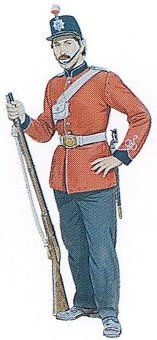 The daily ration of a volunteer should consist, as nearly as possible, of the following articles, viz.
The daily ration of a volunteer should consist, as nearly as possible, of the following articles, viz.

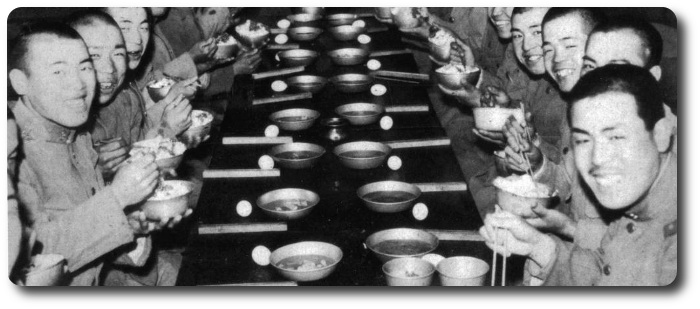

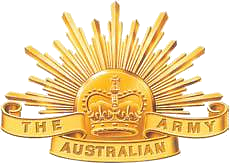 Canberra.—The Australian army had discovered a way of feeding troops based in the tropics with good, edible and interesting meals and at the same time reducing the soldiers' load.
Canberra.—The Australian army had discovered a way of feeding troops based in the tropics with good, edible and interesting meals and at the same time reducing the soldiers' load.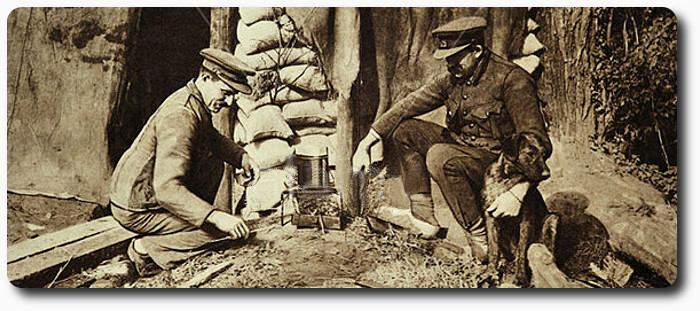

 The practice of troops messing together contributes much to good order, oeconomy, and health debauchery and gaming are thereby prevented, and the soldier is, at the same time, very well maintained. This institution, however, is not without its inconveniences; because a man harasses himself after a march in search of wood, water, &c.; is tempted to maraud; is perpetually dirty, and ill dressed; spoils his clothes by the carriage from one camp to another of all the necessary utensils for his mess; and likewise impairs his health by the extraordinary fatigues which unavoidably attend it. Yet these inconveniences are not without a remedy; for the troops being, according to my disposition, divided into centuries, a sutler, provided with four carts drawn each by two oxen, should be appointed to every one, and furnished with a pot large enough to hold a sufficient quantity of soup for the whole century, of which every man should receive his proportion in a wooden porringer, together with some boiled meat at noon, and roasted in the evening; and officers should attend, to see that they be not imposed upon, or have cause to complain. The profit allowed to be made by these sutlers, should arise from the sale of liquors, cheese, tobacco, and the skins of the cattle which they kill; and which they are also to maintain with the herbage and provisions that will be always found in the neighbourhood of the army.
The practice of troops messing together contributes much to good order, oeconomy, and health debauchery and gaming are thereby prevented, and the soldier is, at the same time, very well maintained. This institution, however, is not without its inconveniences; because a man harasses himself after a march in search of wood, water, &c.; is tempted to maraud; is perpetually dirty, and ill dressed; spoils his clothes by the carriage from one camp to another of all the necessary utensils for his mess; and likewise impairs his health by the extraordinary fatigues which unavoidably attend it. Yet these inconveniences are not without a remedy; for the troops being, according to my disposition, divided into centuries, a sutler, provided with four carts drawn each by two oxen, should be appointed to every one, and furnished with a pot large enough to hold a sufficient quantity of soup for the whole century, of which every man should receive his proportion in a wooden porringer, together with some boiled meat at noon, and roasted in the evening; and officers should attend, to see that they be not imposed upon, or have cause to complain. The profit allowed to be made by these sutlers, should arise from the sale of liquors, cheese, tobacco, and the skins of the cattle which they kill; and which they are also to maintain with the herbage and provisions that will be always found in the neighbourhood of the army. 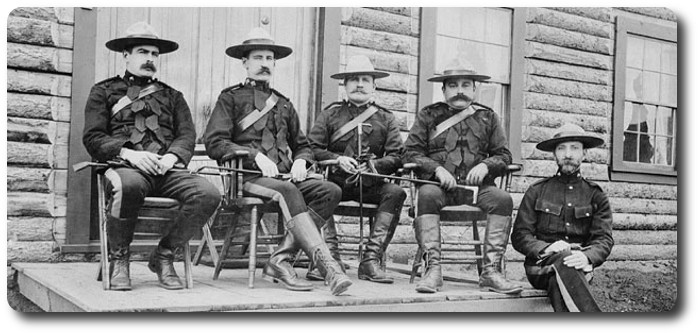

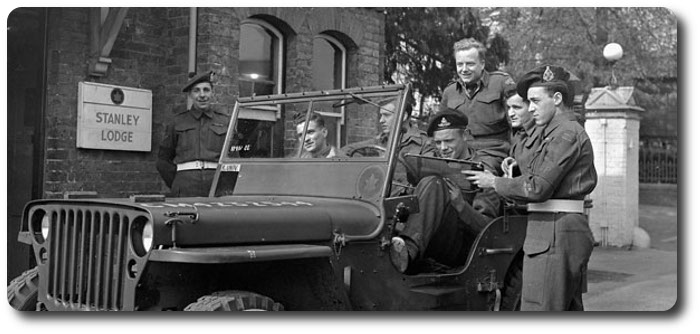
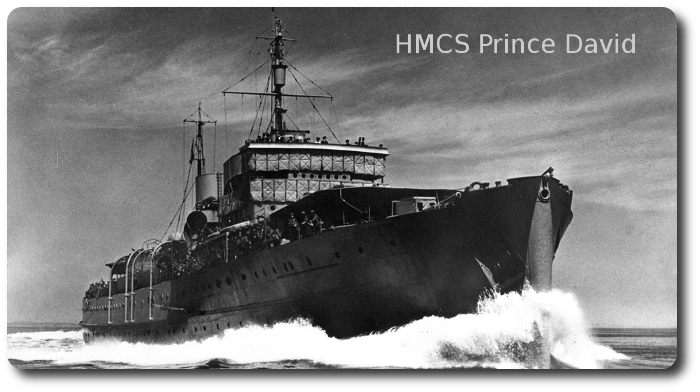
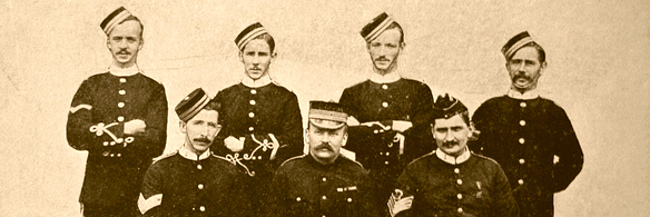
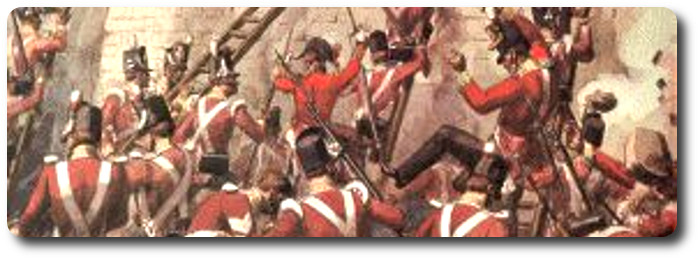
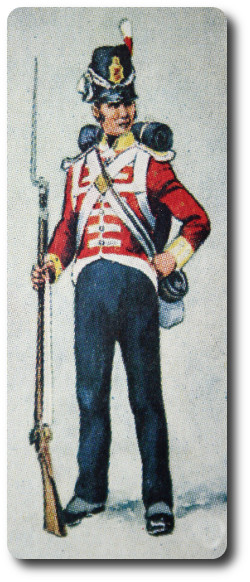 Inside the Regiment; The Officers and Men of the 30th Regiment During the Revolutionary and Napoleonic Wars, Carole Divall, 2011
Inside the Regiment; The Officers and Men of the 30th Regiment During the Revolutionary and Napoleonic Wars, Carole Divall, 2011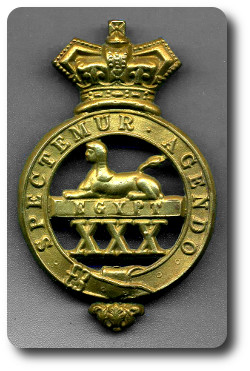 The daily drink allowance was five pints of small beer, which on campaign would be converted into whatever happened to be the local drink. The Portuguese wondered at the British soldiers' capacity for drinking the rough red wine which they themselves were reluctant to touch; while in India the native arrack was the cause of much indiscipline. There is evidence to suggest that some soldiers would willingly have starved themselves in order to have more money for drink, but for the system of messing which put men into groups who cooked and shared the food in rotation. This made it impossible for the individual soldier to forgo his food Furthermore, the officer of the day, as part of his duties, was required to inspect kettles at the hour appointed for cooking, while supervising messing arrangements was one of the general duties of all company officers.
The daily drink allowance was five pints of small beer, which on campaign would be converted into whatever happened to be the local drink. The Portuguese wondered at the British soldiers' capacity for drinking the rough red wine which they themselves were reluctant to touch; while in India the native arrack was the cause of much indiscipline. There is evidence to suggest that some soldiers would willingly have starved themselves in order to have more money for drink, but for the system of messing which put men into groups who cooked and shared the food in rotation. This made it impossible for the individual soldier to forgo his food Furthermore, the officer of the day, as part of his duties, was required to inspect kettles at the hour appointed for cooking, while supervising messing arrangements was one of the general duties of all company officers.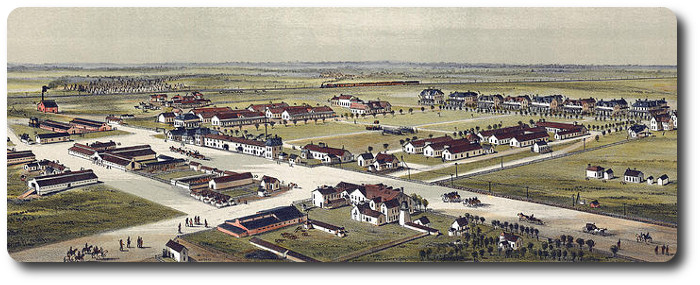
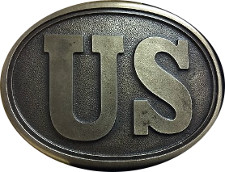

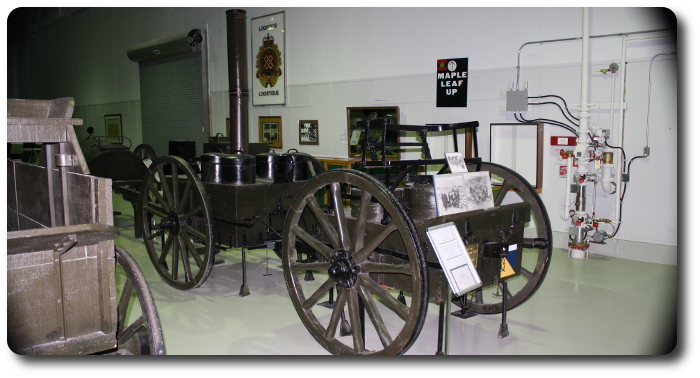

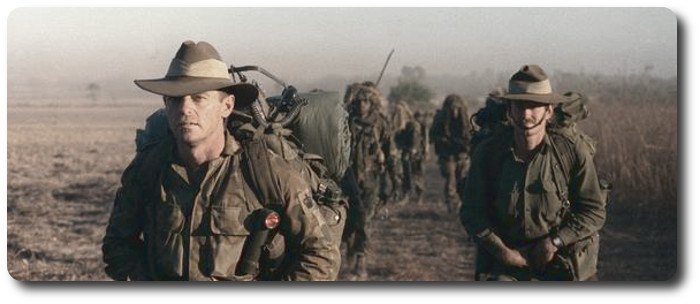
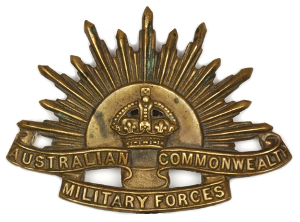 It's the Army's revolutionary new way of dealing with rations.
It's the Army's revolutionary new way of dealing with rations. 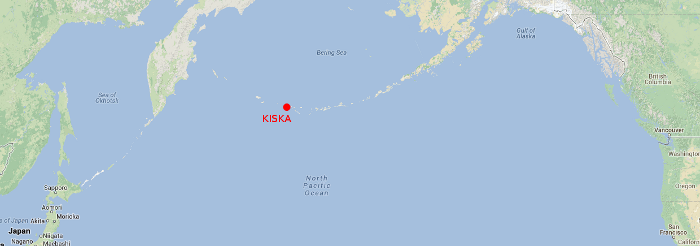
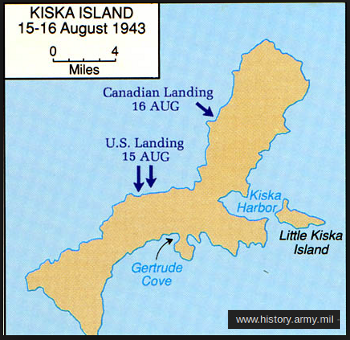 U.S. rations used by the Canadian troops during
U.S. rations used by the Canadian troops during 